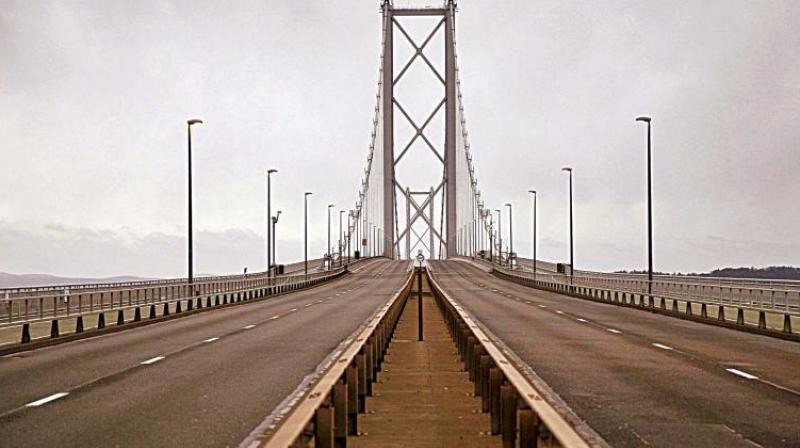Guest column: It will only shift traffic jams

The state government has given a detailed explanation about its decision to install a steel flyover from Chalukya Circle to the Hebbal flyover, but it is not a comprehensive one, covering all alternatives.
On the other hand, the Citizens’ Action Forum has worked out an alternative, which is far more comprehensive, less disruptive and genuinely sustainable. This solution will not only help people heading to the airport have a hassle-free journey, but will also help in resolving the traffic problems of commuters in the city.
One of the main objections to the construction of the steel flyover from Chalukya circle to Hebbal junction is that it is a stand -alone project, which will only result in shifting the traffic congestion from one point to another like the Silk Board junction flyover did decades ago.
At the time the S M Krishna government ignored public opinion and went ahead with the project, creating untold misery and confusion, which still eludes a solution.
A similar or a worse fate awaits this steel flyover. But many issues are being deliberately ignored due to the intense lobbying by vested interests.
Instead if there were at least three alternative roads bypassing the Hebbal junction to the airport, there could be far less traffic congestion. This should take not more than 24 months to complete as the basic framework of roads already exists.
Introducing a Commuter Rail with a minimum frequency of 15 minutes and using it to connect Whitefield with the airport via Byappanahalli, K R Puram, Cantonment station, Bengaluru city station and Yeshwanthpur in one circuit and Attibele to the airport via Electronic City in the second circuit could also decongest the roads and be completed in upto 18 months as the basic infrastructure exists. Only the signalling and perhaps the tracks may need augmenting at a later date.
If these projects are implemented the Commuter Rail could handle 25 per per cent of the traffic to the airport (1,87,500 passengers) and the roads, 75 per cent (5,62,500 passengers), because no train route to airports anywhere in the world caters to more than 30 per cent of the total traffic.
This will leave, even after a decade (with an estimated traffic of 7,50,000 vehicles per day), a road traffic volume of 5,62,500 vehicles per day with peak traffic of around 60,000 vehicle per hour. Assuming that this will be evenly distributed among the three alternative roads, the traffic volume will be slightly less than 2,00,000 vehicles per day, which is much less than the present volume. A simple road traffic survey can give us details of the originating traffic from each of these nodes.
While the Commuter Rail portion will only be a part of the comprehensive Commuter Rail System under consideration by the government and may cost around Rs 2500 crore to build, the strengthening and widening of alternative roads to the airport may cost around Rs 1000 crore. But this could provide an ecologically and functionally sustainable and comprehensive transport system without any tree cutting and causing any great disruption of traffic on the existing airport road.
Further, it will benefit not only the airport traveller, but also make commuting to Whitefield and Electronic City faster and cheaper. The CAF hopes and trusts the government will take a more balanced view and put the steel bridge proposal on hold.
— The writer is Founding president, Citizens' Action Forum (CAF)

